Once the show-stopping spectacle fades from the sky, many people wonder: What happens to fireworks after they explode?
At Red Apple® Fireworks, we take that question seriously—not just for the sake of curiosity, but because it reflects our commitment to performance, safety, and sustainability. Fireworks are thrilling by design, but understanding what comes after the final crackle matters just as much.
Let's break down what remains after the sparks fly and how we ensure every detail is as clean as it is captivating.
What this article covers:
- The Science of the Explosion
- What's Left Behind: Fallout and Fragments
- Air Quality and Environmental Concerns
- The Reality of Unexploded Ordnance
- Cleanup and Community Safety
- Red Apple® Fireworks' Approach to Safety and Innovation
The Science of the Explosion
When fireworks ignite, they kick off a carefully timed chain reaction that results in the vibrant visual spectacle everyone loves.
Black powder (a type of gunpowder) serves as the propulsion system, igniting in a confined space to generate thrust. This lifts the shell into the air, where it travels upward at high speed.
Once it reaches the desired height, a time-delay fuse sets off the burst charge, a secondary ignition system that detonates the internal stars and effects.
These stars are the heart of the show. Each one is a tiny package filled with metal salts and binders that ignite to produce dazzling color, sparks, crackles, and other effects.
The variety and precision of these compounds are what separate a basic burst from a full-blown fireworks masterpiece.

What's Left Behind: Fallout and Fragments
The light show may vanish in seconds, but some physical traces remain. Here's what typically returns to Earth:
Paper and Cardboard
Most of our fireworks are constructed using recyclable and biodegradable paper-based materials. These fragments break down naturally and are safer for the environment. Those bits and pieces drift back to Earth after the explosion.
If you've ever wondered, Are fireworks biodegradable, the answer is: Red Apple® is doing everything possible to make sure they are.
Even our tubes and internal spacers are selected for their earth-friendly properties.
Plastic Components
Some mass-produced fireworks still use plastic parts, which can linger in the environment long after the celebration is over. But not us.
At Red Apple®, we design out unnecessary plastics, replacing them with alternatives that break down more easily or can be collected safely. This keeps parks, beaches, and backyards cleaner.
Shell Debris
Our shells are designed to break apart cleanly upon explosion, minimizing sharp or large leftover fragments. Smaller particles are more likely to degrade or be safely collected.
We constantly innovate in how our shells disintegrate to reduce sharpness, size, and environmental load.
Rocket Sticks
Found in aerial fireworks like Geisha® XL® Platinum® Willow Rockets, these sticks stabilize the flight path to ensure accurate launches. They usually fall outside the primary viewing zone.
We design our sticks to be easily recoverable and often mark them with high-visibility colors so you can spot and collect them quickly after your show.

Air Quality and Environmental Concerns
Here's the truth: fireworks do contribute to short-lived air pollution. The vivid colors and unique effects are created using metal salts—copper compounds for blue, barium for green, strontium for red, and so on.
When these chemicals ignite, they release fine particulate matter and gaseous byproducts into the air. Combustion also emits carbon dioxide, sulfur compounds, and small traces of heavy metals.
These particles can reduce air quality for several hours, especially in areas with low wind or atmospheric circulation.
In some cases, these pollutants settle on the ground or wash into water systems during rainfall, which is why environmental design matters.
At Red Apple®, we're ahead of the curve. We:
- Use clean-burning, high-efficiency compositions that maximize display impact while minimizing residue.
- Source high-purity raw materials to reduce combustion byproducts.
- Continuously develop eco-friendly firework designs that keep our skies bright without compromising our commitment to the earth.
We believe you shouldn't have to choose between an unforgettable show and a responsible one.
The Reality of Unexploded Ordnance
Occasionally, a firework may not perform as intended. These are known as duds, and they should be treated with extreme caution.
An unexploded firework is not just a disappointment—it's a potential hazard.
Why It Happens
- Faulty ignition systems: Rare but possible in lower-quality fireworks. We eliminate this risk with multiple-stage testing.
- Moisture exposure prior to launch: What happens if fireworks get wet? Well, they can misfire, partially ignite, or fail to launch—all of which present serious risks.
- Improper handling or damage: Dropped or dented fireworks may not function properly.

What to Do
- Wait at least 20 minutes after a firework fails to launch or finish.
- Approach it cautiously. Use tongs or a shovel if possible.
- Submerge the item in a bucket of water for several hours.
- Dispose of it following local hazardous waste or fire department guidelines.
Never try to relight or disassemble a dud. It's not worth the risk. This FAQ also provides more detailed information if you're unsure what to do next.
Our team at Red Apple® puts every product through rigorous quality control to reduce duds to a minimum. But if one does occur, now you know exactly how to stay safe.
Cleanup and Community Safety
Great fireworks displays end with even greater responsibility.
Whether you're lighting up a backyard, a park, or a cul-de-sac, cleanup is key to keeping your community safe and welcoming to future fireworks fun.
- Do a thorough sweep: Walk your launch and fallout zones with a flashlight. Look for wrappers, shell casings, rocket sticks, and tube remnants.
- Wear gloves: Spent fireworks can still retain heat or react to moisture.
- Soak questionable debris: Not sure if something is spent? Dunk it. Safety first.
- Bag smart: If you're unsure how to throw away fireworks, the safest way is to soak used fireworks in water, double-bag them in plastic, and follow local disposal rules. Many municipalities have firework-specific guidelines.
Keep a "post-show kit" with gloves, water buckets, trash bags, and a flashlight on standby. That way, cleanup is fast, safe, and easy.

Red Apple® Fireworks' Approach to Safety and Innovation
At Red Apple®, we obsess over the details so you don't have to. Every single firework we sell is a product of hands-on craftsmanship, thorough testing, and relentless improvement.
From recyclable packaging to cleaner color compounds, we're setting the standard for what fireworks can and should be.
We control the full process:
- Global sourcing: We work directly with the best manufacturers and chemists.
- Product development: Every shell, spark, and color blast is curated by our team.
- Performance testing: We test every batch in the field for symmetry, color brilliance, timing, and safety.
This means our products aren't just loud and bright—they're smart, safe, and engineered for unforgettable fun.
Conclusion
So, what happens to fireworks after they explode? You get a breathtaking display—and a few fragments that we've thoughtfully designed to leave behind as little impact as possible.
From biodegradable debris and low-smoke formulas to premium engineering that minimizes duds, Red Apple® Fireworks ensures that every burst in the sky is backed by smart, responsible craftsmanship.
Looking to build your best show yet? Explore our finale fireworks for epic displays that start strong and finish even stronger.
Ready to learn more about fireworks? Check out these articles:



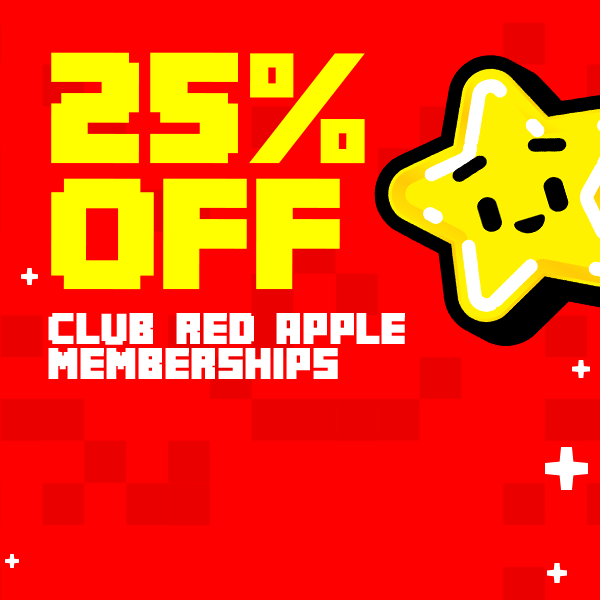
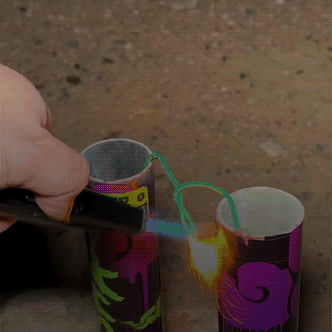
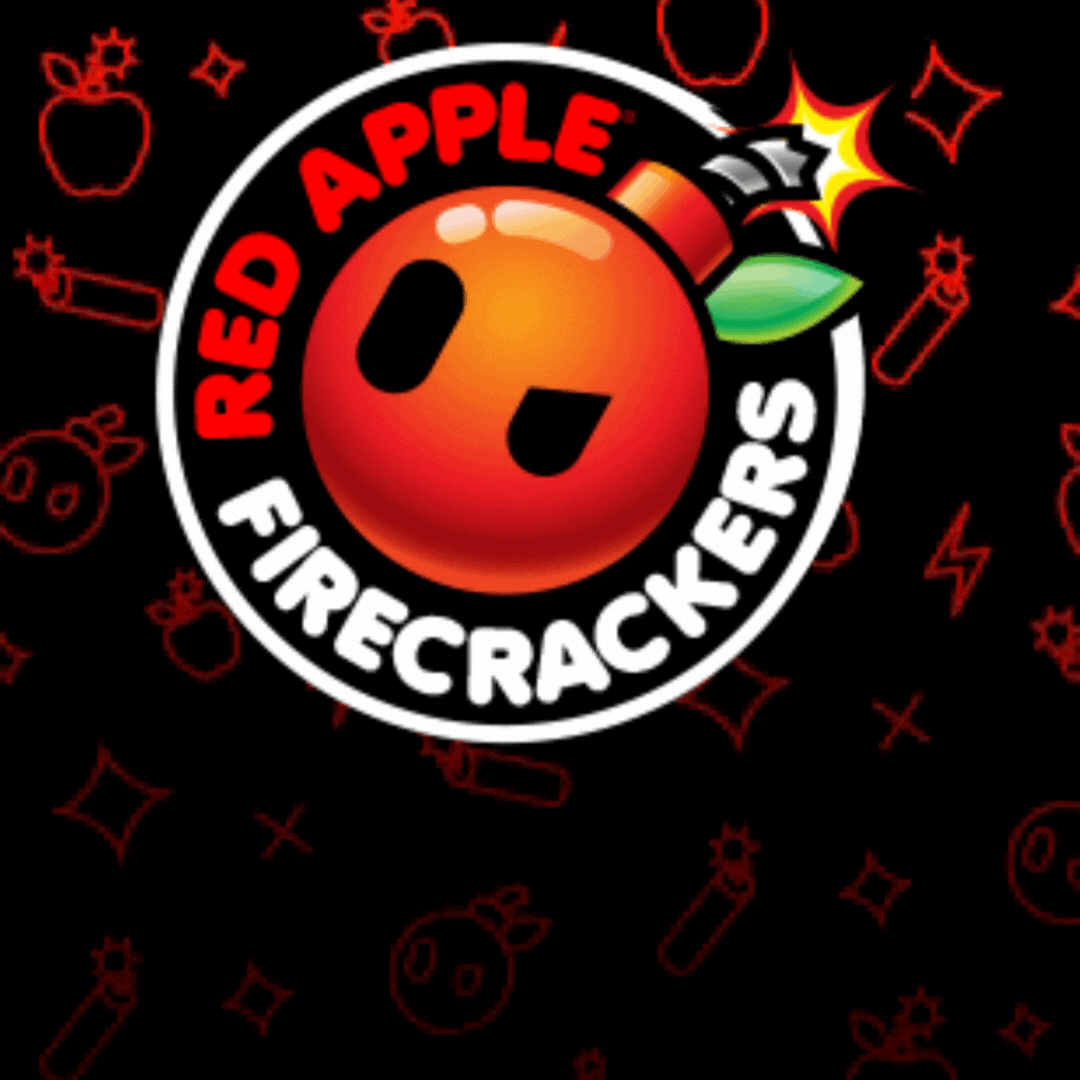
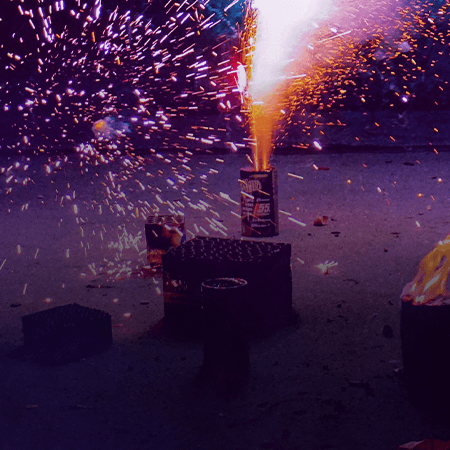
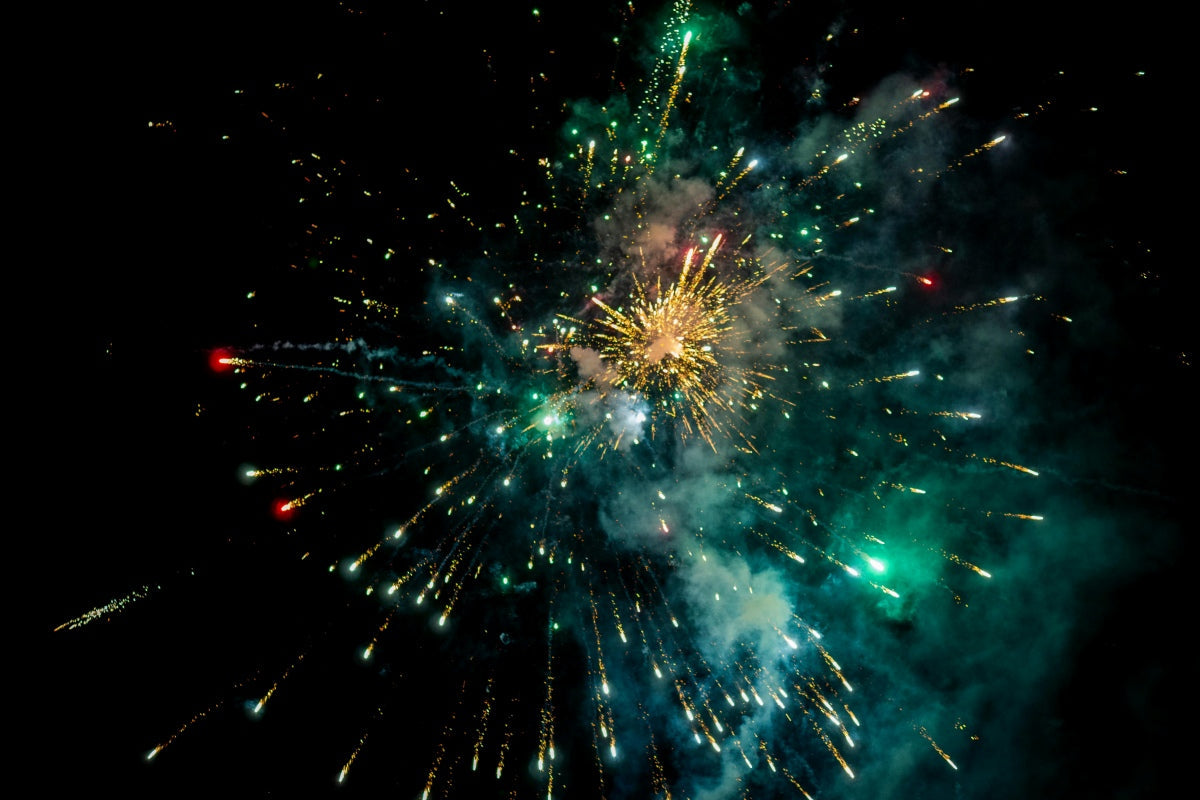
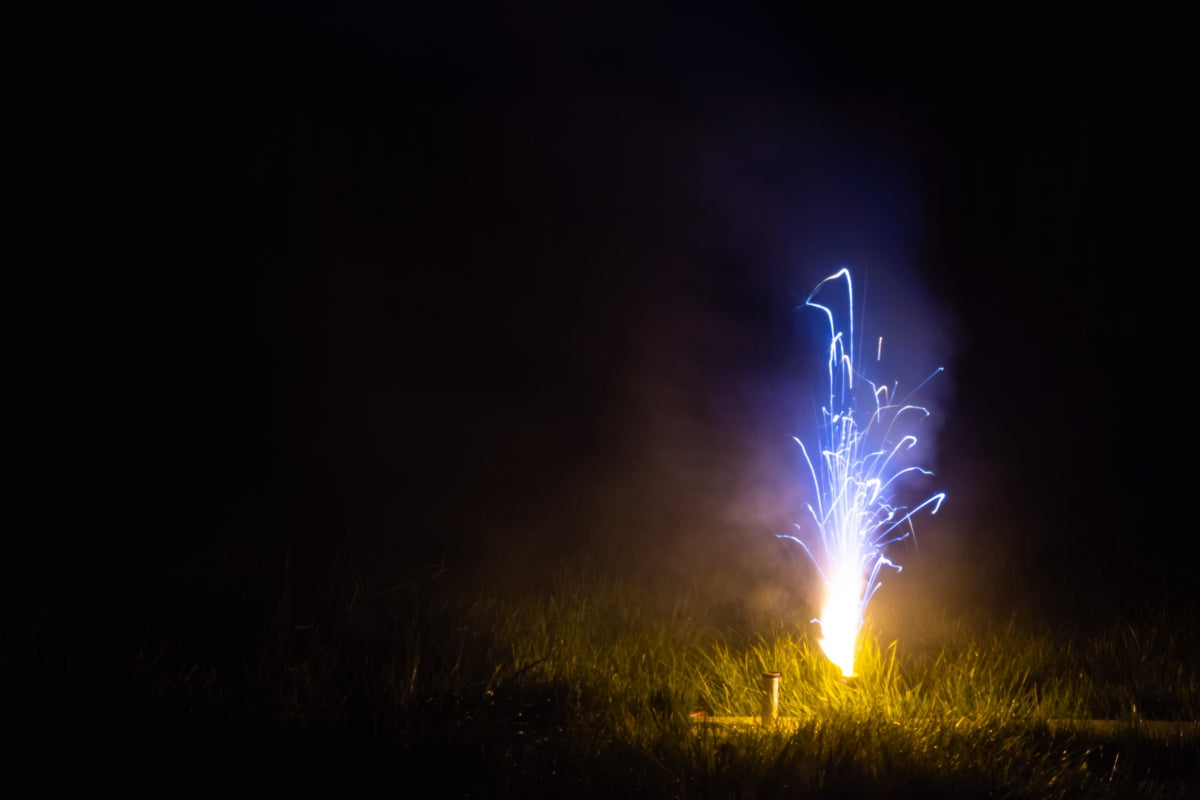




Leave a comment
All comments are moderated before being published.
This site is protected by hCaptcha and the hCaptcha Privacy Policy and Terms of Service apply.